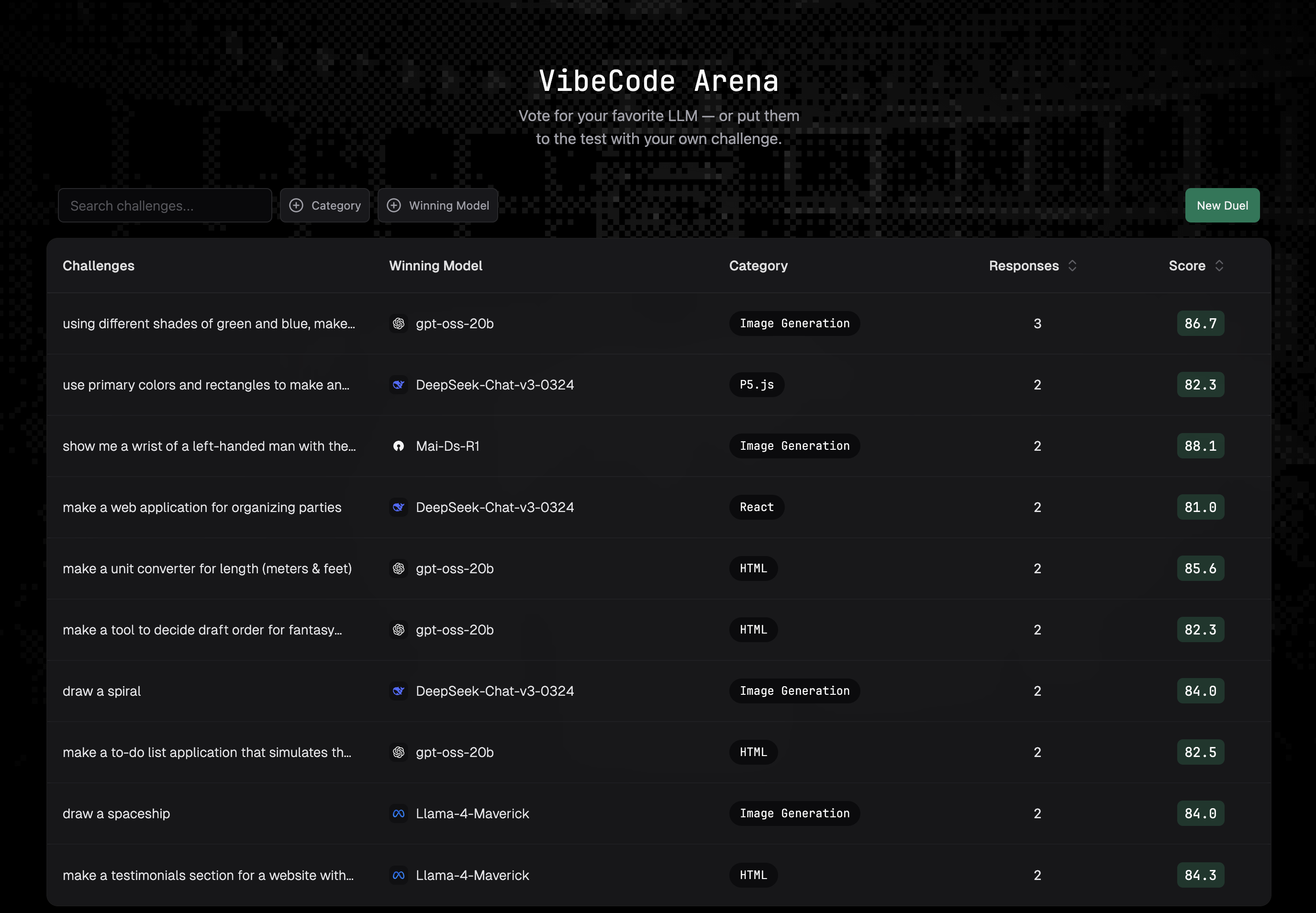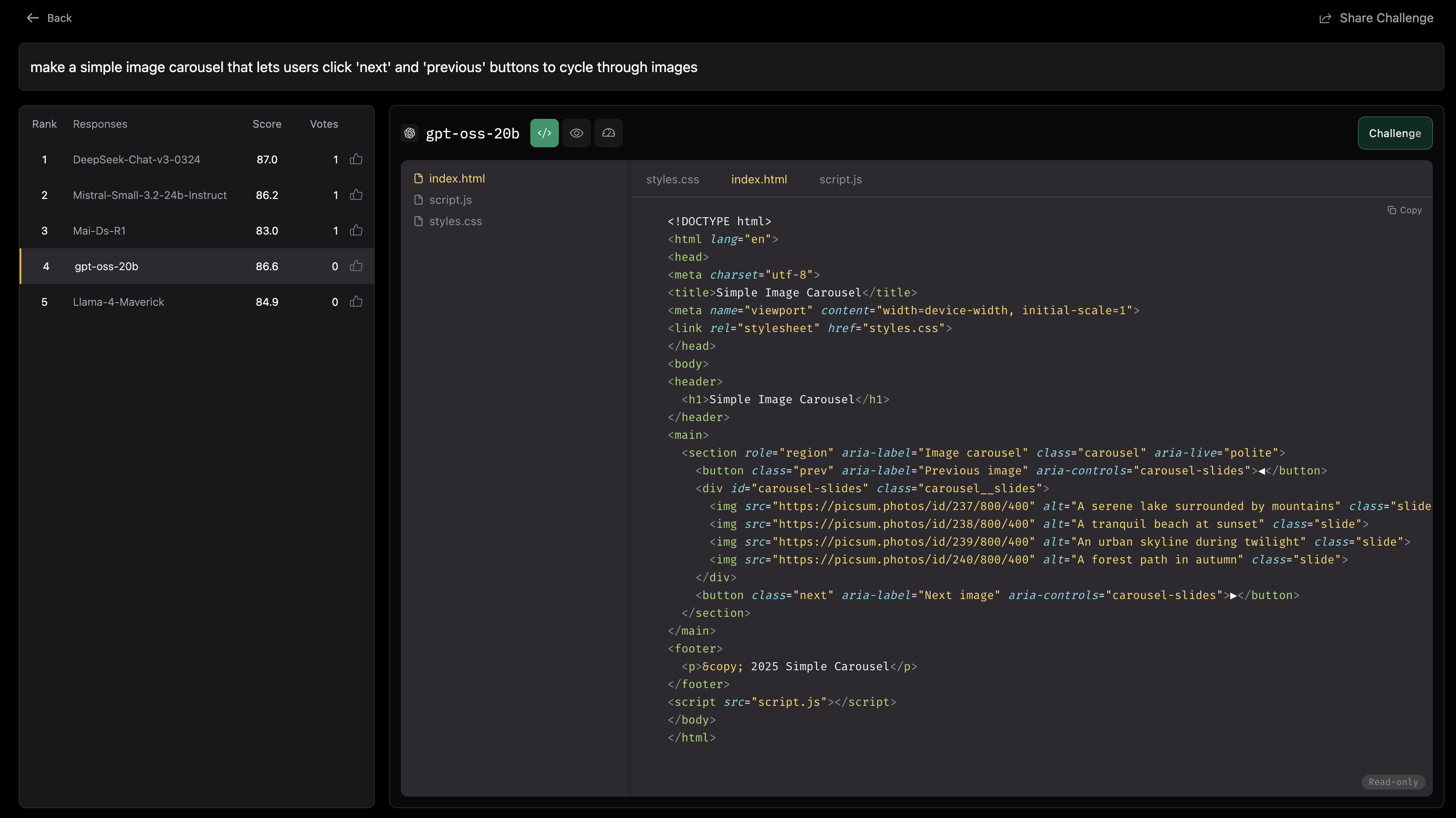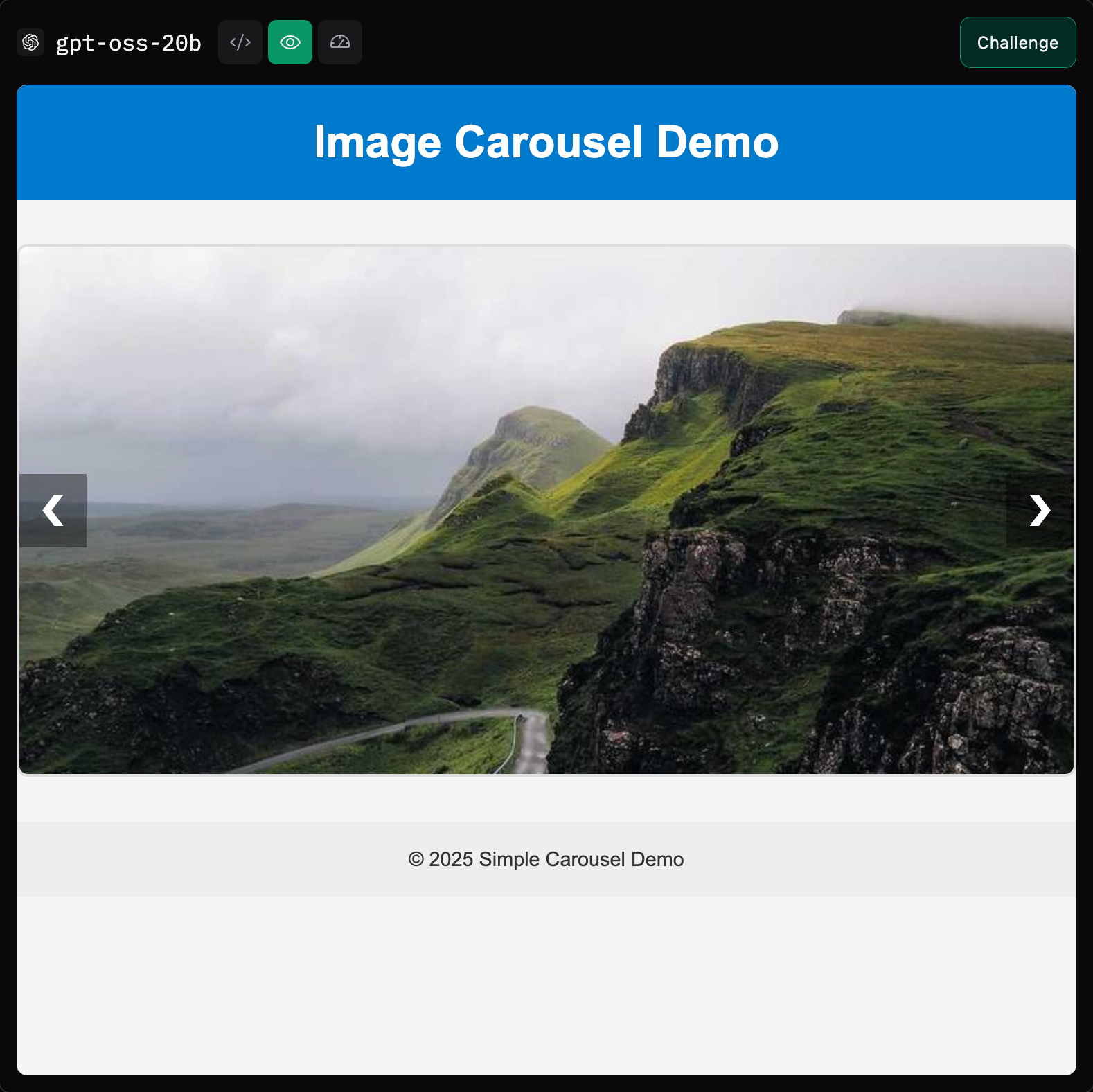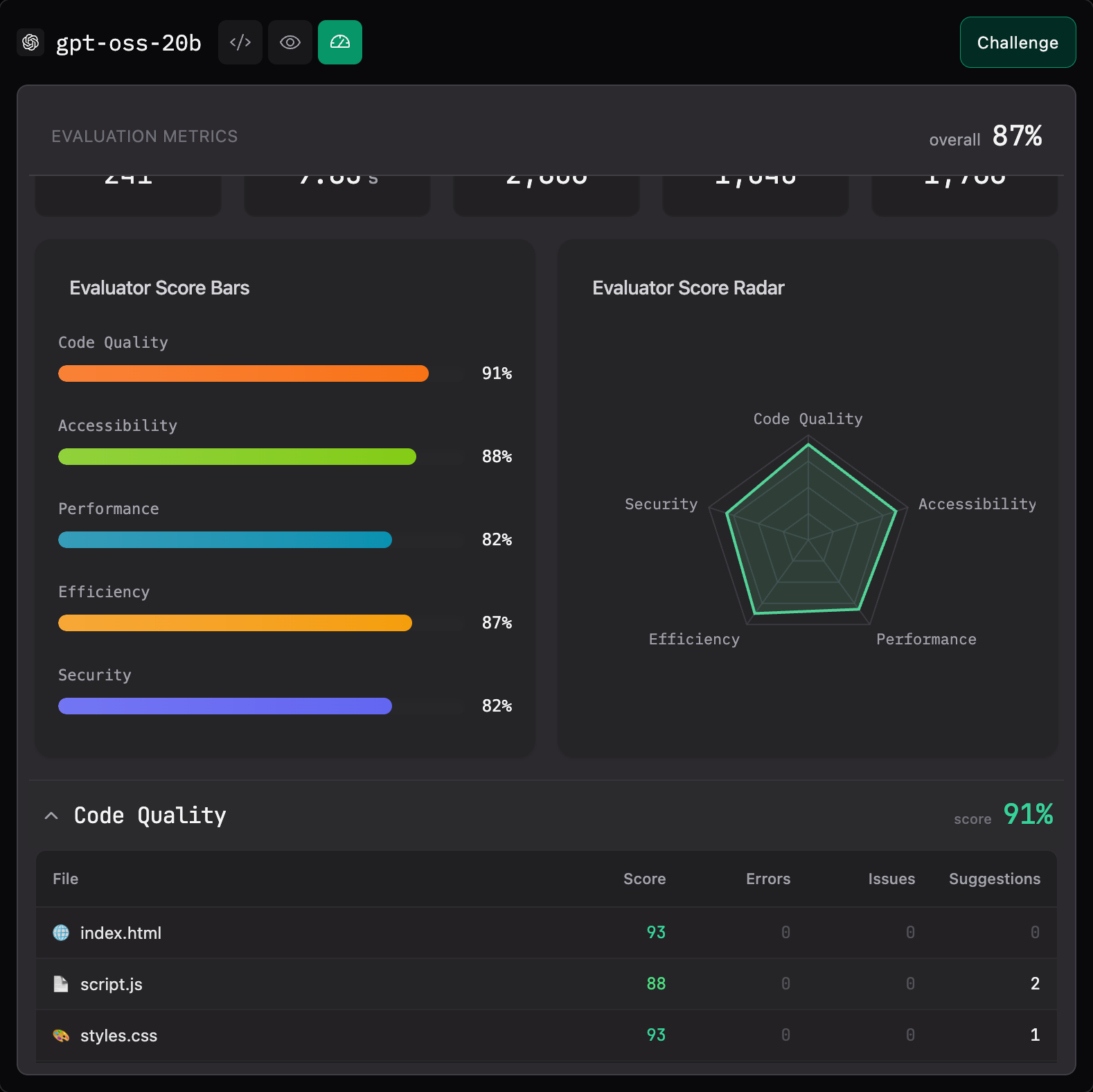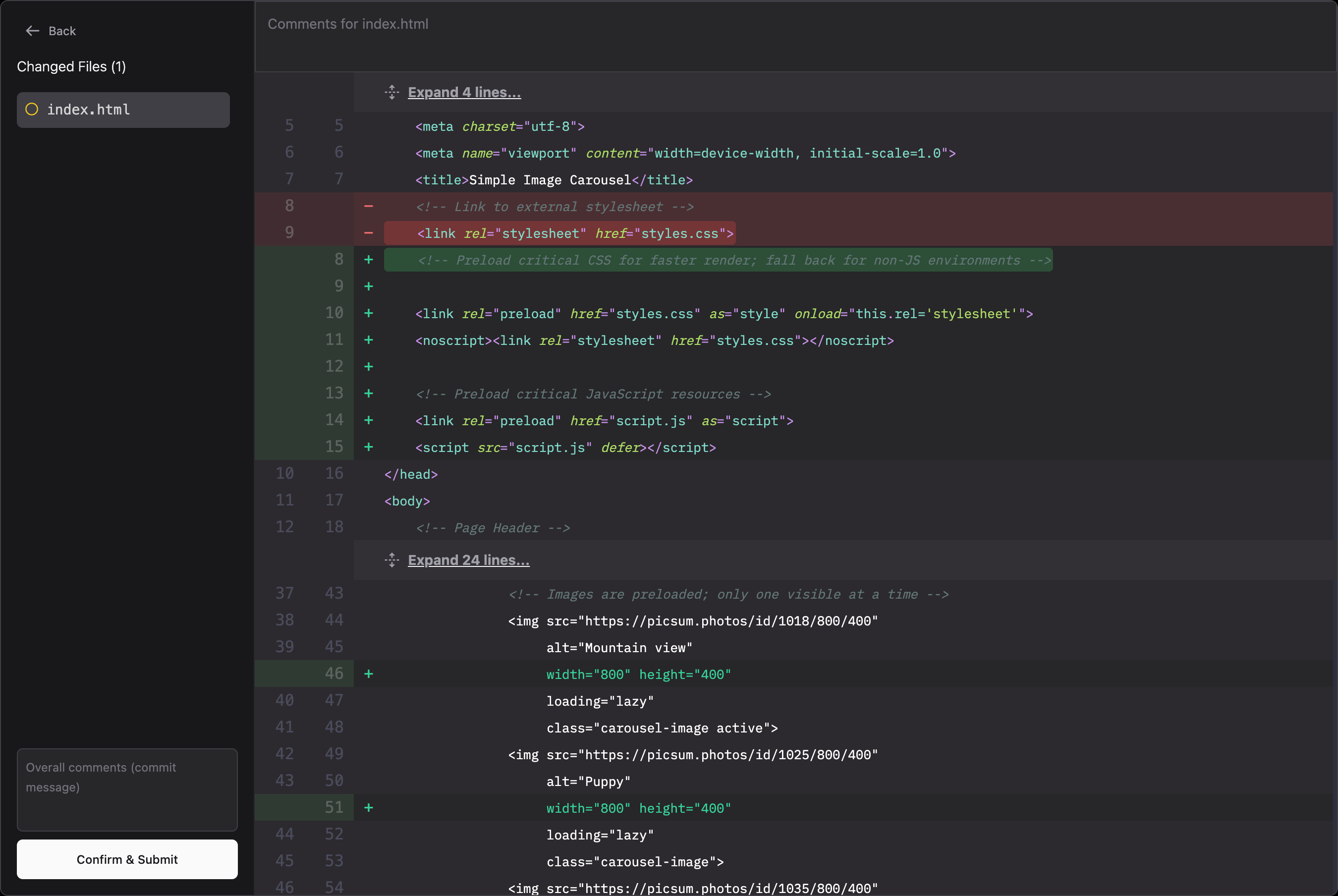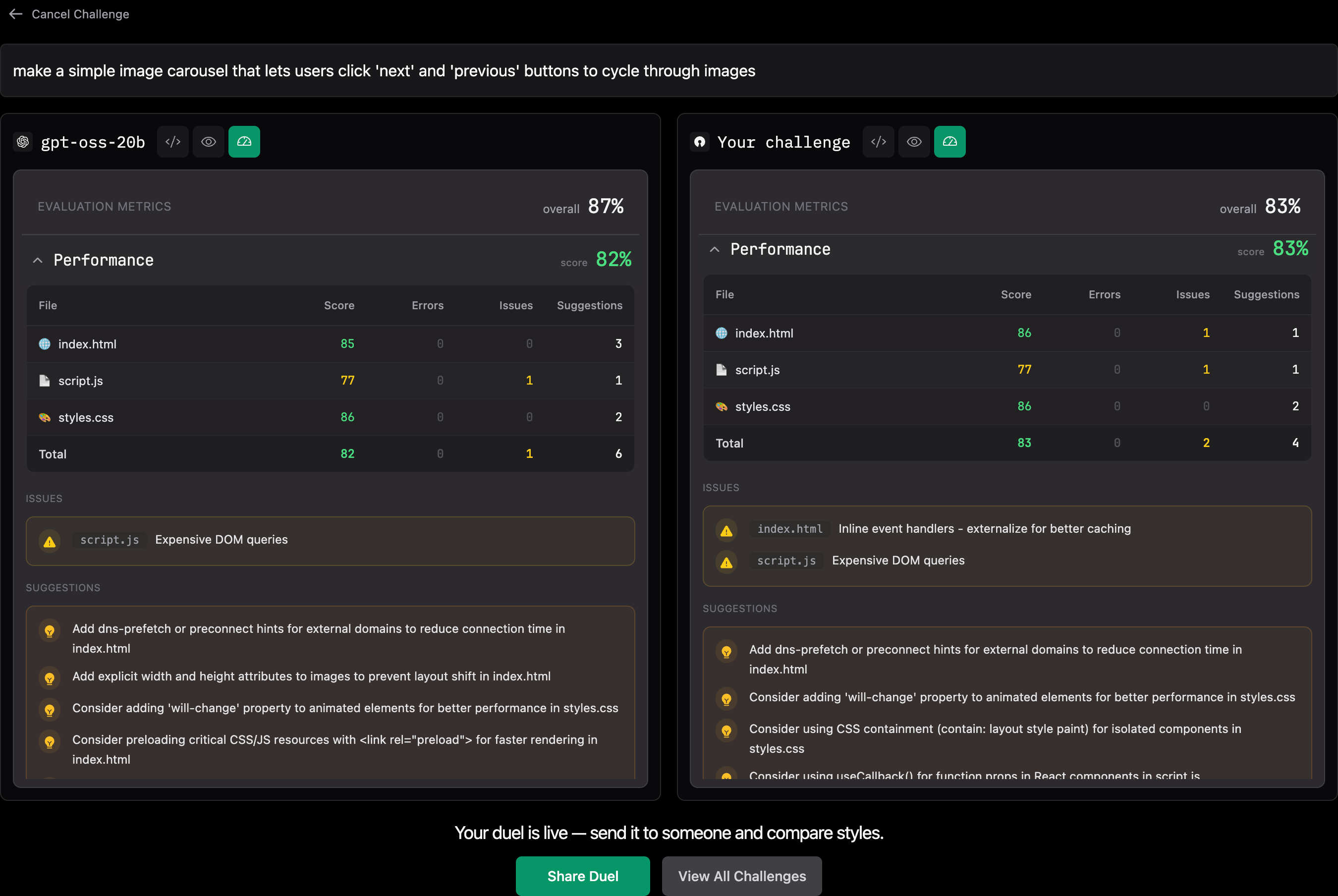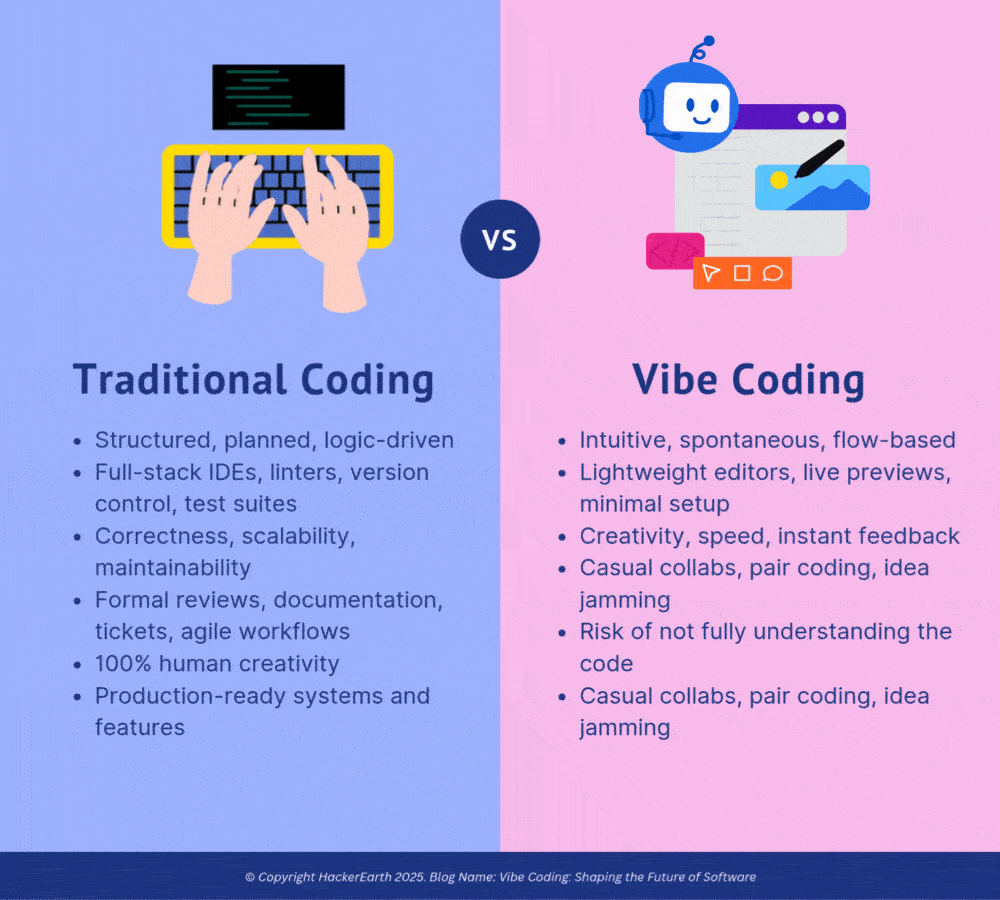Internships are often the first step in a young professional's career journey, providing valuable experience and exposure to the workplace. For employers, internships are a powerful tool for identifying future talent, building a talent pipeline, and showcasing their employer brand. However, in times of economic uncertainty or organizational restructuring, internships are frequently among the first programs to be cut.
While cancelling internships may seem like a practical decision to reduce costs, it can have long-term repercussions on an employer's reputation. In the tech industry, where competition for top talent is fierce, maintaining a strong employer brand is critical. Let's explore why internship cancellations can harm employer brand reputation and how companies can mitigate the impact.
Many tech companies build relationships with universities to source fresh talent. Internship cancellations can strain these partnerships, making it harder to access top talent in the future. Academic institutions may deprioritize organizations that fail to deliver on their commitments, opting to collaborate with companies known for reliability.
The COVID-19 pandemic was a litmus test for how companies manage internships during crises. Companies like Google, Microsoft, and Facebook adapted quickly, transitioning their internship programs to virtual formats. These tech giants restructured their programs to provide meaningful experiences remotely, including hands-on projects, virtual mentorship sessions, and social activities to foster community building.
By emphasizing the actions of industry leaders and contrasting them with companies that faltered, this case study illustrates how critical it is for tech companies to handle such situations thoughtfully. Proactive communication and innovative solutions, like virtual hackathons or online assessments, can help organizations retain goodwill and build a resilient employer brand.
For companies that rely heavily on engineering and tech talent, this is particularly concerning. A single negative experience can discourage not just one candidate, but their peers, mentors, and online networks from considering your company.
By adopting transparent communication, offering alternative engagement opportunities, and leaning on platforms like HackerEarth to keep talent connected, companies can navigate these challenges effectively. Ultimately, how you manage internship cancellations speaks volumes about your organization’s values and commitment to fostering the next generation of tech professionals.
While cancelling internships may seem like a practical decision to reduce costs, it can have long-term repercussions on an employer's reputation. In the tech industry, where competition for top talent is fierce, maintaining a strong employer brand is critical. Let's explore why internship cancellations can harm employer brand reputation and how companies can mitigate the impact.
How internship cancellations damage your employer brand
Internship cancellations can create a sense of betrayal among students and academic institutions. For candidates, an offer isn't just an opportunity; it’s often the culmination of significant effort, preparation, and excitement about working with a specific company. Canceling these opportunities sends a message that the organization cannot fulfill its commitments, eroding trust.Creating a negative perception among future talent
The tech workforce closely monitors how companies treat their employees and interns. A canceled internship program can generate negative word-of-mouth, especially in an era where opinions are amplified on social media and professional platforms like LinkedIn. A study by Glassdoor revealed that 86% of employees and job seekers research company reviews before deciding where to apply, highlighting how quickly reputations can be impacted.Many tech companies build relationships with universities to source fresh talent. Internship cancellations can strain these partnerships, making it harder to access top talent in the future. Academic institutions may deprioritize organizations that fail to deliver on their commitments, opting to collaborate with companies known for reliability.
Economic downturns vs. Employer branding: Striking a balance
Economic challenges are a reality for businesses, but so is the long-term need for a strong employer brand. Companies that navigate this balance thoughtfully can come out ahead, even during difficult times.The COVID-19 pandemic was a litmus test for how companies manage internships during crises. Companies like Google, Microsoft, and Facebook adapted quickly, transitioning their internship programs to virtual formats. These tech giants restructured their programs to provide meaningful experiences remotely, including hands-on projects, virtual mentorship sessions, and social activities to foster community building.
- Google: In 2020, Google transformed its internship program into a fully virtual experience for 3,500 interns across the globe. The company provided interns with pre-shipped equipment, remote onboarding sessions, and project work designed to be effective in a virtual environment. Interns praised the company for maintaining a robust experience despite the shift.
- Microsoft: Microsoft onboarded more than 4,000 interns virtually in 2020. It developed a tailored virtual internship program that included access to mentors, tools for seamless collaboration, and interactive sessions with leaders like CEO Satya Nadella. The program’s success set a benchmark for how tech companies could maintain their employer branding even during disruptions.
- Facebook (now Meta): Facebook ran its summer internships virtually, with a clear focus on retaining the essence of its in-person programs. Interns worked on impactful projects, participated in hackathons, and had opportunities to present directly to company leaders.
By emphasizing the actions of industry leaders and contrasting them with companies that faltered, this case study illustrates how critical it is for tech companies to handle such situations thoughtfully. Proactive communication and innovative solutions, like virtual hackathons or online assessments, can help organizations retain goodwill and build a resilient employer brand.
Mitigating damage from internship cancellations
If cancellations are unavoidable, organizations can take steps to soften the impact and preserve their employer brand:- Offer alternatives: Provide canceled interns with access to online training, virtual hackathons, or industry webinars. HackerEarth’s virtual hackathon platform, for instance, can allow candidates to engage with real-world problem-solving while still connecting with your brand.
- Transparent communication: Honesty is key. Clearly explain the reasons for cancellation and assure candidates that they remain valued members of your talent pool.
- Deferred opportunities: Consider offering candidates an automatic interview opportunity or a guaranteed spot in the next internship cycle.
- Show empathy: Go beyond a formal email—engage with interns through personalized communication and offer support such as resume reviews or referrals to partner organizations.
Turning internship cancellations into opportunities
While internship cancellations can harm reputation, they also offer a chance for companies to demonstrate resilience and adaptability. By turning these challenges into opportunities, organizations can protect and even enhance their employer brand:- Promote upskilling: Provide access to online courses, assessments, and challenges that help students develop their technical skills. HackerEarth’s skill-based assessments and challenges are ideal for keeping candidates engaged with your brand while they enhance their expertise.
- Engage through thought leadership: Share blogs, webinars, or case studies about your company’s approach to navigating tough times. This transparency builds trust and shows your organization’s commitment to growth and learning.
- Maintain alumni connections: Stay in touch with interns through newsletters or alumni networks. Highlight success stories and demonstrate how your organization values its talent ecosystem.
The long-term impact on talent acquisition
A damaged employer brand can create ripple effects for years. According to LinkedIn, 69% of candidates are likely to apply to a job if the company actively manages its employer brand. Conversely, a poor reputation can discourage top talent from applying, limiting an organization's ability to hire the best engineers, developers, and innovators.For companies that rely heavily on engineering and tech talent, this is particularly concerning. A single negative experience can discourage not just one candidate, but their peers, mentors, and online networks from considering your company.
Conclusion
Internships are more than just work experience—they’re a bridge between academia and the professional world, a pipeline for talent, and a key touchpoint for building employer reputation. While economic pressures may force tough decisions, companies that invest in maintaining their commitment to interns will see long-term benefits in talent acquisition and retention.By adopting transparent communication, offering alternative engagement opportunities, and leaning on platforms like HackerEarth to keep talent connected, companies can navigate these challenges effectively. Ultimately, how you manage internship cancellations speaks volumes about your organization’s values and commitment to fostering the next generation of tech professionals.








